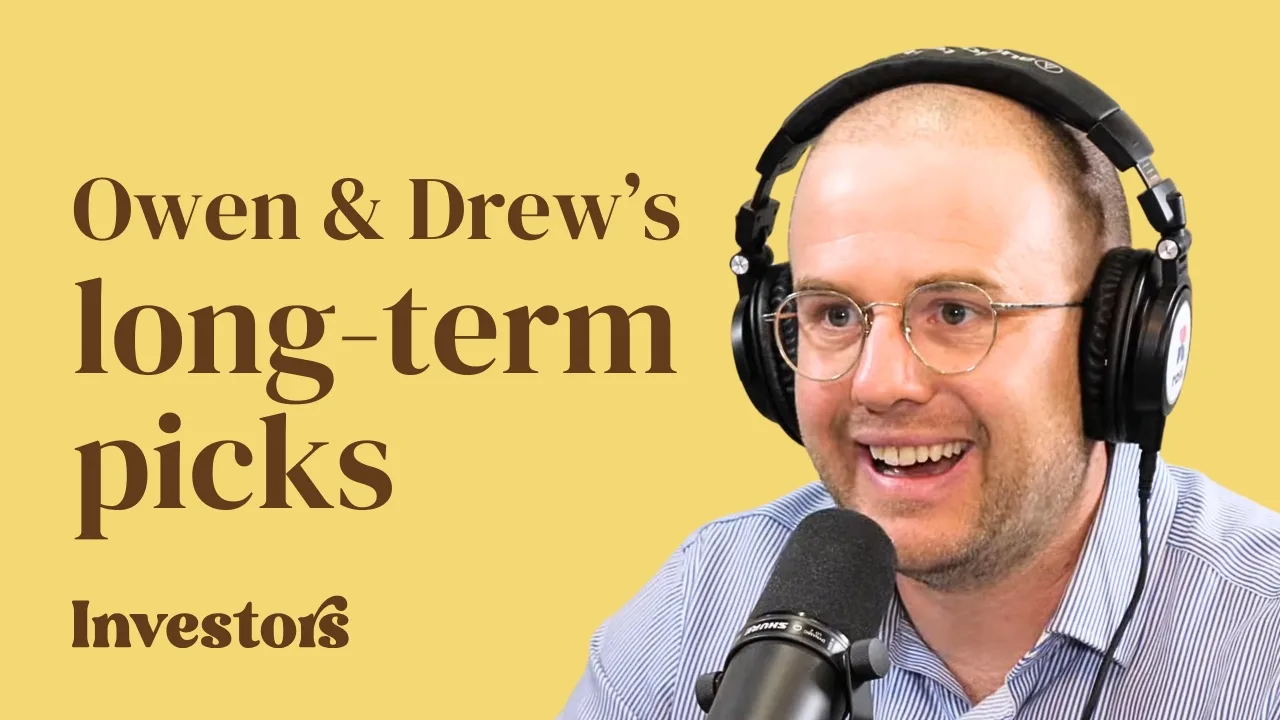No one can tell you for certain whether now is the perfect time to buy.
In the short run, the share market can seem like a random place. It can be up 2% one day, down 3% the next. There’s often no rhyme or reason (although pundits are paid the big bucks for the evening news to make you think they have a crystal ball).
In this article, we’ll go step-by-step through two straightforward valuation tools you can use to value a share like NAB or even Westpac Banking Corp (ASX: WBC) and ANZ Banking Group (ASX: ANZ).
A proper PE ratio for NAB shares
The ‘PE’ ratio compares a company’s share price (P) to its most recent full-year earnings per share (E). Remember, ‘earnings’ is just another word for profit. That means, the PE ratio is simply comparing share price to the most recent yearly profit of the company. Some experts will try to tell you that ‘the lower PE ratio is better’ because it means the share price is ‘low’ relative to the profits produced by the company. However, sometimes shares are cheap for a reason!
Secondly, some extremely successful companies have gone for many years (a decade or more) and never reported an accounting profit — so the PE ratio wouldn’t have worked.
Therefore, we think it’s crucial to dig deeper than just looking at the PE ratio and thinking to yourself ‘if it’s below 10x, I’ll buy it.’
One of the basic ratio models analysts use to value a bank share is to compare the PE ratio of the bank/share you’re looking at with its peer group or competitors and try to determine if the share is too much or top value relative to the average. From there, and using the principle of mean reversion, we can multiply the profits/earnings per share by the sector average (E x sector PE) to reflect what an average company would be worth. It’s like saying, ‘if all of the other stocks are priced at ‘X’, this one should be too’.
If we take the NAB share price today ($28.04), together with the earnings (aka profits) per share data from its 2023 financial year ($2.3), we can calculate the company’s PE ratio to be 12.2x. That compares to the banking sector average PE of 12x.
Next, take the profits per share (EPS) ($2.3) and multiply it by the average PE ratio for NAB’s sector (Banking). This results in a ‘sector-adjusted’ PE valuation of $28.16.
NAB share price analysis
Given that ASX bank shares like NAB tend to have a history of paying dividends — and they are relatively stable businesses like REITs or ETFs — we can use a modelling tool called a dividend discount model or DDM to do a valuation.
A DDM uses the dividends shareholders are ‘expected’ to receive to arrive at a valuation.
To make this DDM easy to understand, we will assume last year’s dividend payment ($1.67) rises at a fixed rate each year.
Next, we pick the ‘risk’ rate or expected return rate. This is the rate at which we discount the future dividend payments back to today’s dollars. The higher the ‘risk’ rate, the lower the share price valuation.
We’ve used a blended rate for dividend growth and a risk rate between 6% and 11%, then got the average.
This simple DDM valuation of NAB shares is $31.84. However, using an ‘adjusted’ dividend payment of $1.71 per share, the valuation goes to $30.65. The expected dividend valuation compares to National Australia Bank Ltd’s share price of $28.04. Since the company’s dividends are fully franked, you might choose to make one further adjustment and do the valuation based on a ‘gross’ dividend payment. That is, the cash dividends plus the franking credits (available to eligible shareholders). Using the forecast gross dividend payment ($2.44), our valuation of the NAB share price prediction to $43.79.
NAB share price: don’t stop with this
Make sure you don’t forget that the two models used here are only the starting point of the process for analysing and valuing a bank share like NAB.
We think it’s good practice to read at least three years of annual reports, jot down your thoughts/research and set out your thesis/expectations based on what management is saying. Indeed, a very useful tool is studying management’s language in presentations and videos. Is the management team candid? Or does he/she use lots of jargon and never answer a straight question? Finally, read articles and research from good analysts, and when you do, seek out people who disagree with you. These voices are often the most insightful.
These are just a handful of the best strategies to use alongside your valuation tools to determine if you’re making a mistake — hopefully, before you make a costly mistake!







